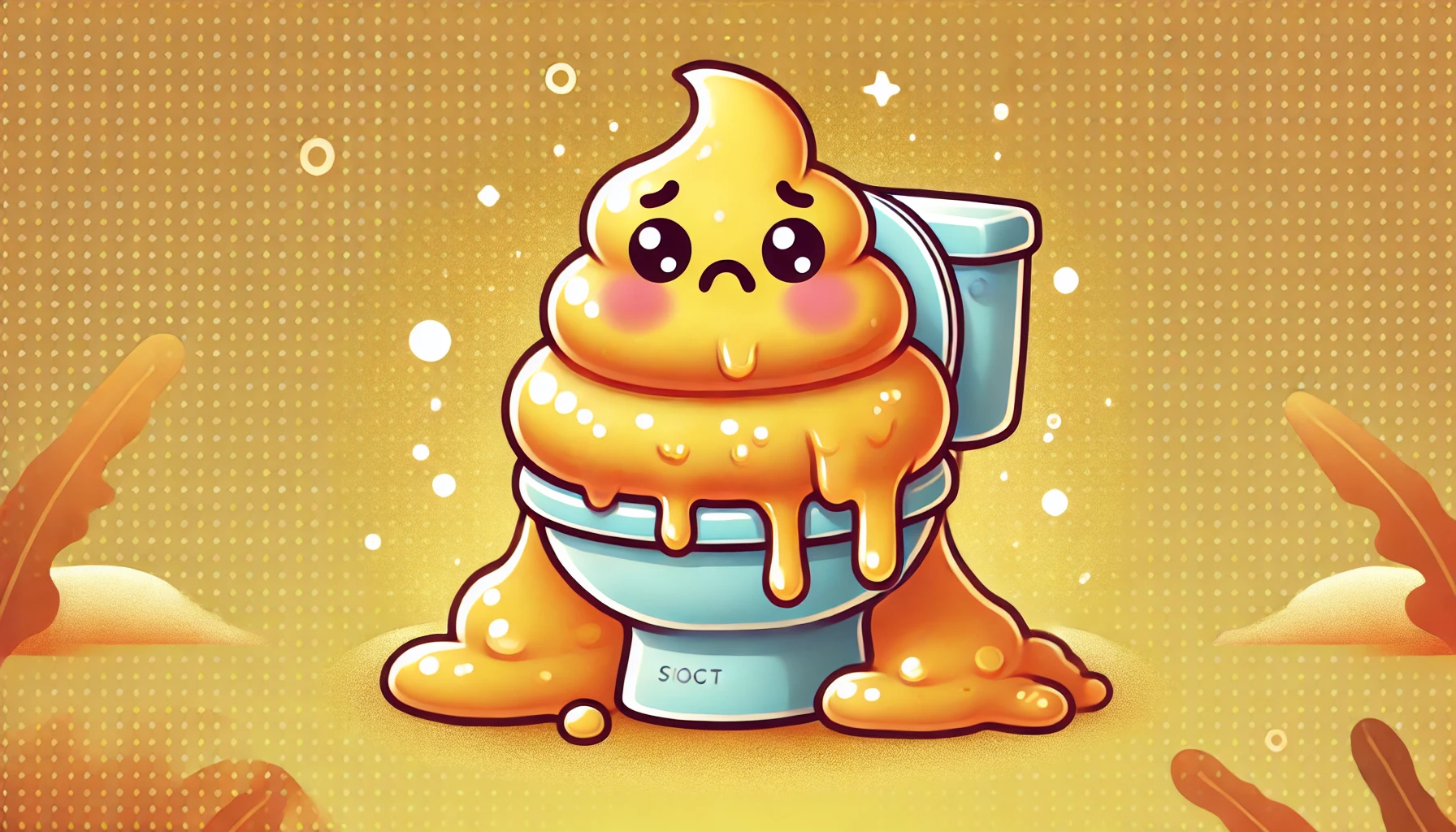This post was written with Consensus AI Academic Search Engine – please read our Disclaimer at the end of this article. The presence of mucus in diarrhea can be attributed to various infectious and non-infectious causes. Pathogens like C. difficile, rotavirus, Salmonella Typhimurium, and EAEC alter mucus production and composition through different mechanisms, facilitating their colonization and infection. Additionally, osmotic diarrhea disrupts the mucus barrier, leading to long-term changes in the gut microbiota and host immune responses. Understanding these mechanisms is crucial for developing effective treatments and managing diarrheal diseases.
Diarrhea is a common gastrointestinal condition characterized by frequent, loose, or watery stools. One of the notable features in some types of diarrhea is the presence of mucus. Understanding the causes of mucus in diarrhea can provide insights into the underlying mechanisms of various diarrheal diseases and aid in the development of targeted treatments. This article explores the different causes of mucus in diarrhea, drawing on recent research findings.
Clostridium difficile Infection
Clostridium difficile (C. difficile) is a major cause of antibiotic-induced diarrhea. Research has shown that C. difficile infection (CDI) significantly alters mucus production and composition in the intestines. In CDI patients, there is a notable decrease in the production of MUC2, a primary mucin, while MUC1 remains unchanged at the epithelial level but becomes the main component of secreted mucus. Additionally, CDI mucus exhibits altered oligosaccharide composition, with decreased N-acetylgalactosamine (GalNAc) and increased N-acetylglucosamine (GlcNAc) and terminal galactose residues. These changes facilitate C. difficile colonization and infection by providing binding sites for the bacteria and its toxins1.
Rotavirus Infection
Rotavirus (RV) is a leading cause of severe diarrhea in young children. The virus interacts with the intestinal mucus layer, which is rich in O-glycans, including histo-blood group antigens (HBGAs) and sialic acids (SAs). These glycans serve as attachment sites for RV on intestinal epithelial cells (IECs). The mucus layer, particularly its O-glycan components, plays a crucial role in host-bacteria-virus interactions. Understanding these interactions is essential for developing therapeutic strategies, such as pre- and probiotics, to manage RV infections2.
Salmonella Typhimurium Infection
Salmonella Typhimurium is another enteropathogenic bacterium that causes diarrhea. The mucosal defense mechanisms against this pathogen involve interferon gamma receptor (IFN-γR) signaling. Studies using mouse models have shown that IFN-γR signaling in stromal cells, including goblet cells, regulates mucus secretion and vacuole loss. In the absence of IFN-γR signaling, there is an increased pathogen load and a lack of mucus-filled goblet cell vacuoles, highlighting the role of IFN-γR in modulating goblet cell function and mucus production during infection3.
Enteroaggregative Escherichia coli (EAEC) Infection
EAEC is known for causing biofilm formation and mucus hypersecretion in the intestines. The Pic autotransporter protein, secreted by EAEC and other pathogens like Shigella flexneri and uropathogenic E. coli (UPEC), is a potent mucus secretagogue. Pic induces mucus hypersecretion and increases the number of mucus-containing goblet cells. This hypersecretion is a key feature of EAEC-mediated diarrhea and contributes to the mucoid diarrhea seen in infections with these pathogens4.
Osmotic Diarrhea
Osmotic diarrhea, caused by food intolerance, malabsorption, or laxative use, leads to significant changes in the gut microbiota and mucus barrier. Osmotic stress results in the decimation of the mucus barrier, followed by a recovery phase. This disruption can cause lasting alterations in the gut microbiota and host immune responses, including changes in cytokine levels and IgG responses against commensal bacteria. These findings underscore the impact of osmotic perturbations on the intestinal mucus layer and overall gut health5.
Disclaimer
The content presented in this blog is generated by Consensus, an AI-powered academic search engine, and is based on publicly available scientific literature. While every effort is made to provide accurate, up-to-date, and well-researched information, the content is intended for informational and educational purposes only. It does not constitute medical advice, diagnosis, or treatment. Always consult a qualified healthcare professional before making any decisions regarding medical conditions, treatments, or medications. The AI system’s analysis may not cover all perspectives, emerging research, or individual cases, and it is not a substitute for professional expertise. Neither the blog publisher nor the developers of the AI-powered search engine are responsible for any actions taken based on the information provided in this content. Use of this information is at your own risk. Citations to the original scientific studies are included for reference, but these studies should be reviewed in full and interpreted with the guidance of a healthcare or research professional.
If you are experiencing a medical emergency, please seek immediate attention from a healthcare provider.
